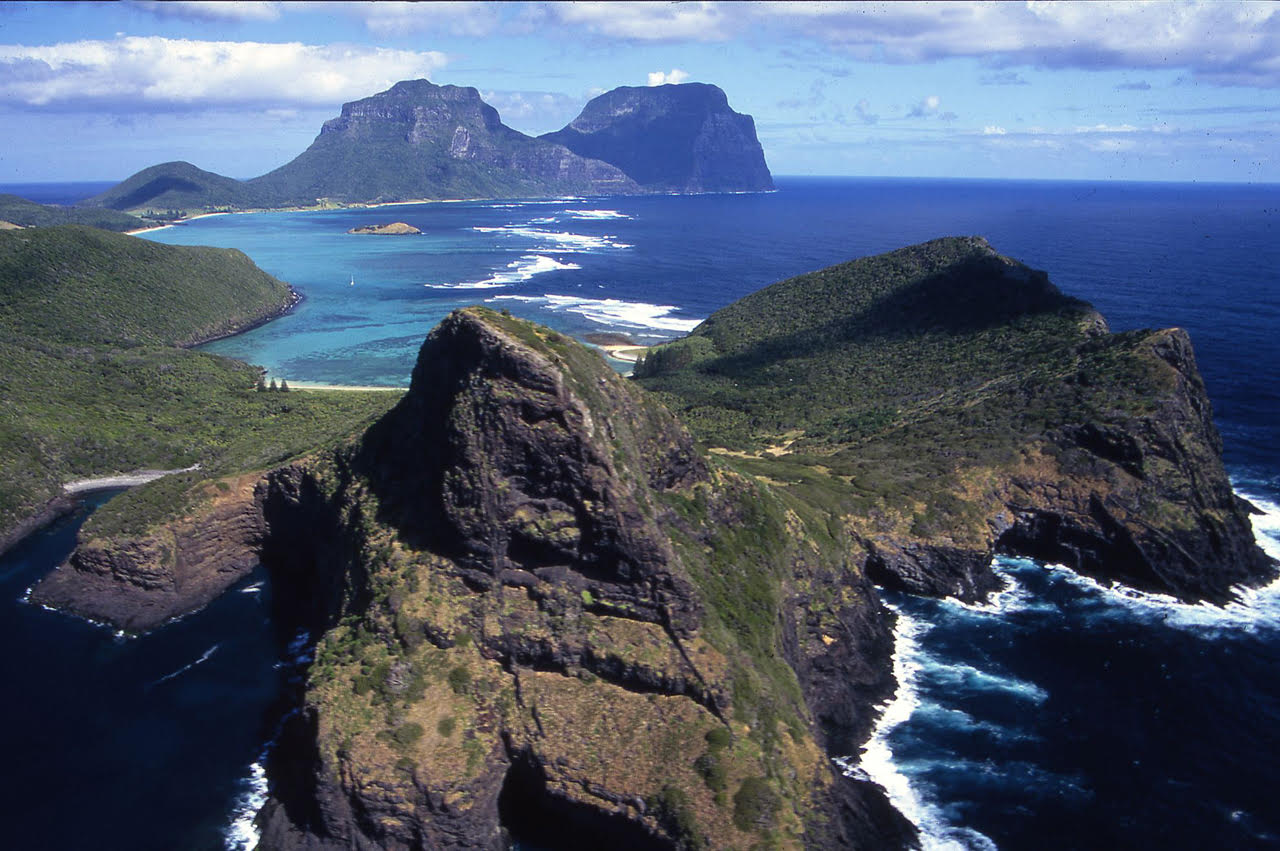Being a conservationist in the modern world is not always easy. Some of us can suffer from "ecological grief" - a deep emotional respose to the loss of the natural world due to climate change or environmental destruction. It can include feelings of despair, hopelessness, anxiety, and sadness. We live in a world where we are surrounded by examples of "ecocide", defined by a panel of international lawyers as “unlawful or wanton acts committed with knowledge that there is a substantial likelihood of severe and either widespread or long-term damage to the environment being caused by those acts”.
I guess that I am fortunate in that my current conservation activities and interests are directed towards the protection of uninhabited islands on which seabirds breed, especially those that support ACAP-listed albatrosses and petrels in the Southern Ocean. My roles as News Correspondent for the Mouse-Free Marion Project and as ACAP's Emeritus Information Officer have both given me the opportunity to follow, and to write about, the fortunes of many seabird islands from which introduced mammals, especially rodents and feral cats, have been eradicated, leading to the recovery of their ecosystems. Most recently I wrote in ACAP Latest News of the truly remarkable changes that have occurred on Australia's Lord Howe Island after the removal of its alien rats and mice. Such good-news stories are heartening to me and help combat the ecologcally bad news we are faced with on a daily basis. They will have served their purpose if they do the same for my readers. 
Humour can help us get through personal, and increasingly global, bad times. The cartoon depicted here is entitled "Here’s an actual good news story! (unless you are a rodent)" by Tasmanian-based cartoonist First Dog on the Moon tells the story of Lord Howe Island's recovery after its "derodentification" far better than my words ever could. So I will just stop here and hope it helps you get through your day, as it did me!
John Cooper, Emeritus Information Officer, Agreement on the Conservation of Albatrosses and Petrels, 03 December 2024

 English
English  Français
Français  Español
Español  Pictured left to right: CCAMLR Executive Secretary, David Agnew, and ACAP Executive Secretary, Dr Christine Bogle, signing the renwal of the Momorandum of Understanding between the two organisations
Pictured left to right: CCAMLR Executive Secretary, David Agnew, and ACAP Executive Secretary, Dr Christine Bogle, signing the renwal of the Momorandum of Understanding between the two organisations “Wisdom and her mate talk to their newly laid egg"
“Wisdom and her mate talk to their newly laid egg"


![P02[1:6] TT[666] E[119:0410]G[080:0x19] BV[61:5] IR[N:L:25] MOE[0:3] AL:[0:0]](/images/stories/acap/Birds/Petrels/W/White_chinned/Smart_traps_5.jpg)
 A view of Lord Howe Island, photograph by Ian Hutton
A view of Lord Howe Island, photograph by Ian Hutton